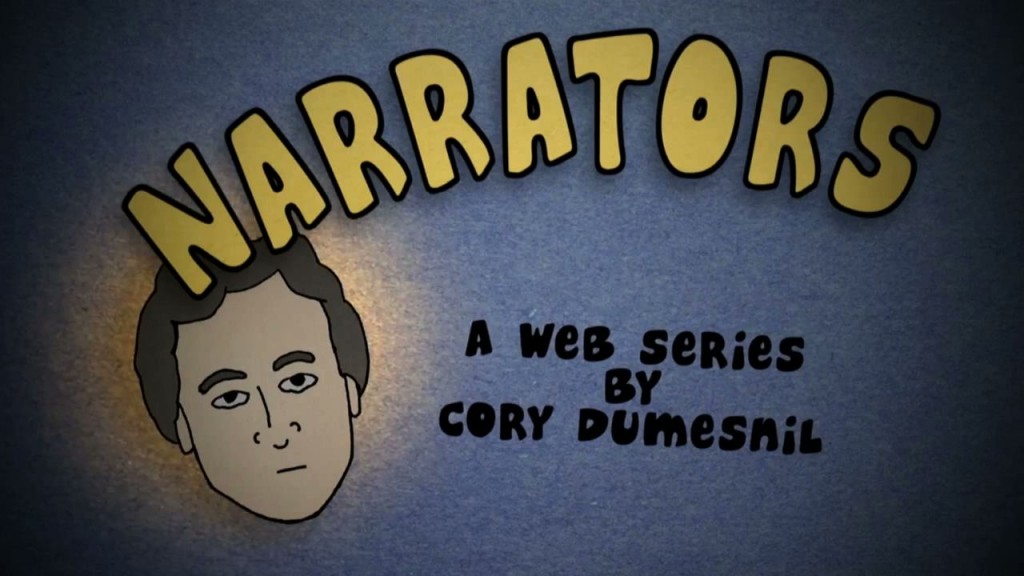

- #YOUR NARRATOR FACE RRVEAL MANUAL#
- #YOUR NARRATOR FACE RRVEAL FULL#
- #YOUR NARRATOR FACE RRVEAL FREE#
Mallard was doing something really bad occasionally to Mrs. After all, you don't stop loving your partner if she/he doesn't take out the trash or strands you with the in-laws – right? So, either Mr. Often she had not"? How can you love someone "sometimes" but not all the time? It seems like in a committed marriage, where the two people involved really love each other, that even when they're having problems or disagreeing that their love would still be there. Mallard says, "she had loved him – sometimes. What should we make of this combination of thoughts, where Mrs. This is a fairly flippant way of reducing grand concepts like love, "the unsolved mystery," and faithfulness or partnership to something that doesn't matter very much. What did it matter! What could love, the unsolved mystery, count for in face of this possession of self-assertion which she suddenly recognized as the strongest impulse of her being! (15) But those descriptions just don't jive with her tremendous relief about getting to live on after he dies:Īnd yet she had loved him – sometimes.
#YOUR NARRATOR FACE RRVEAL FULL#
Mallard describes her husband as always being nice to her and seeming full of love. It's hard to know what kind of marriage the Mallards had. In contrast to the way the other characters treat her, which is as someone weak and delicate, the narrator claims Mrs.
#YOUR NARRATOR FACE RRVEAL FREE#
Mallard has not letting her feelings come to the surface or given them free rein. Mallard's face indicate that she's keeping a lot of stuff inside, or that she's full of "repression." But what's she holding back? We can only imagine.


The narrator says that the "lines" of Mrs. In other words, she's got youth on her side she's pretty and usually, it seems like, pretty placid. The narrator describes her, physically, as "young, with a fair, calm face, whose lines bespoke repression and even a certain strength" (8). It seems like all the people in her life are looking out for her and trying to take care of her, at least during the hour in which we get to know her.
#YOUR NARRATOR FACE RRVEAL MANUAL#
We can tell from the description of her "two white slender hands" (10) that she doesn't work, or engage in manual labor. She's unwell, with a genteel condition, which means she can still act like and be treated like a lady. Mallard? We know from the beginning that she is "afflicted with a heart trouble" (1). Likewise, at the end of the story, the other characters try to take care of her first, rather than concentrating on their own feelings about seeing Mr. Their first priority is taking care of her – making sure she gets through the hard news without dying herself. Mallard dies, the other characters (Richards and Josephine) put aside their personal grief to console Mrs. She's the protagonist, the center of attention, and the person around whom all the other characters revolve. Mallard is the character we know the most about by far.


 0 kommentar(er)
0 kommentar(er)
